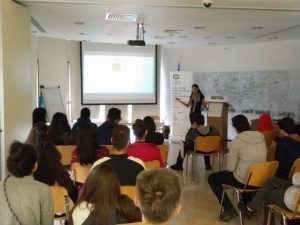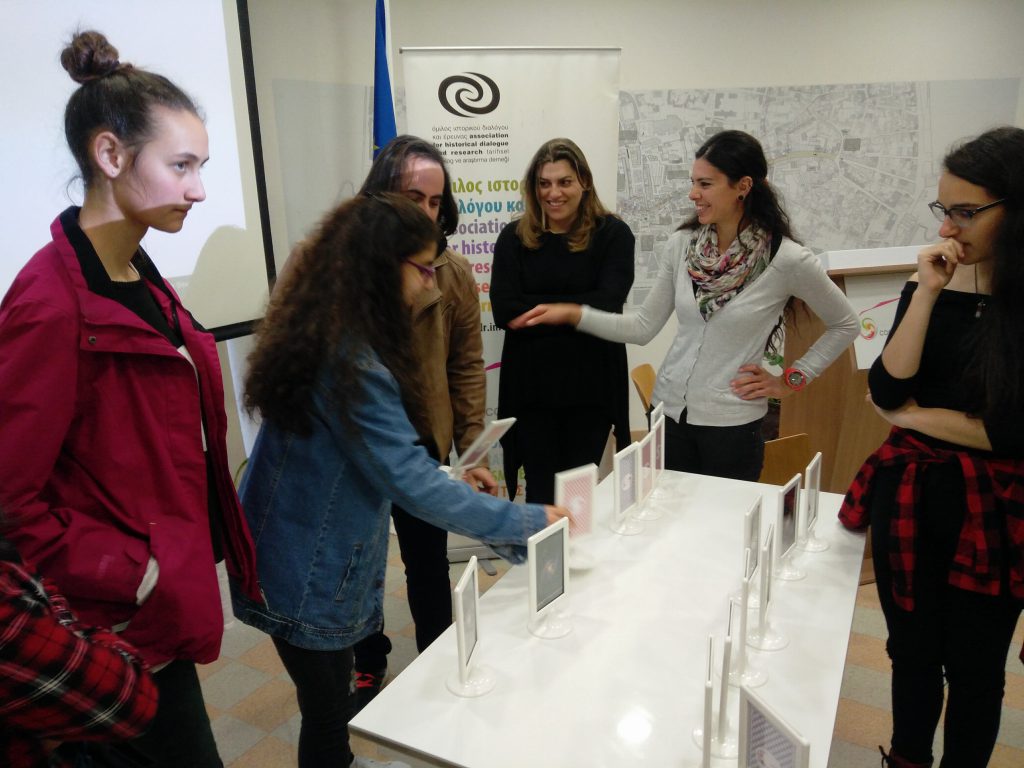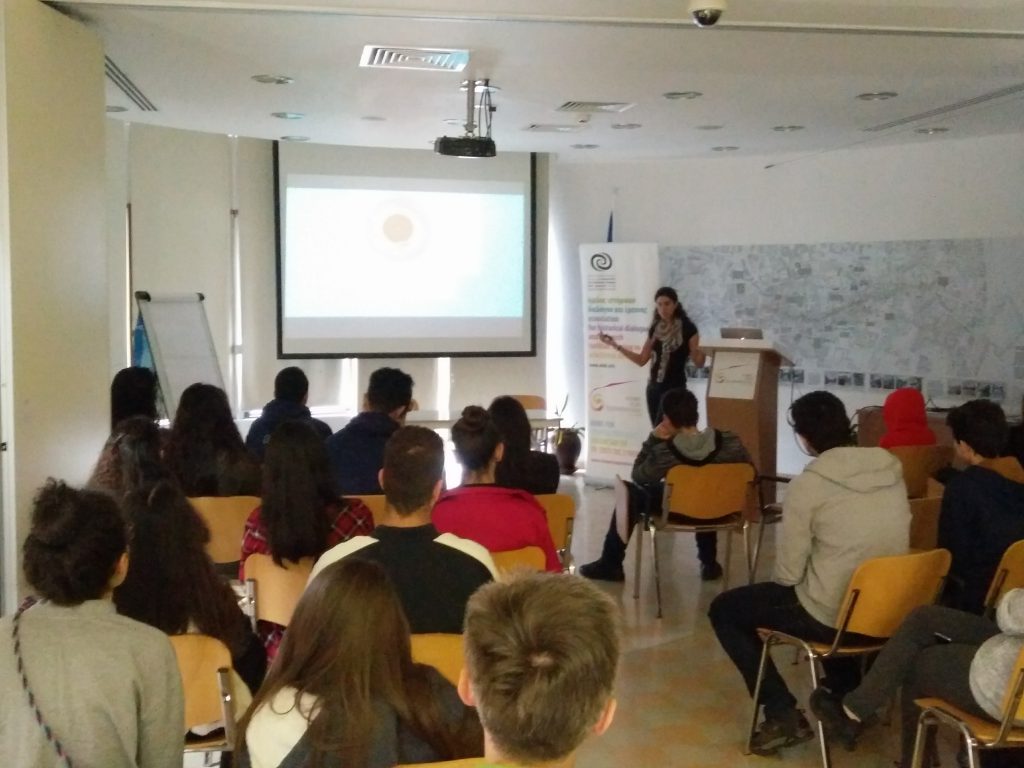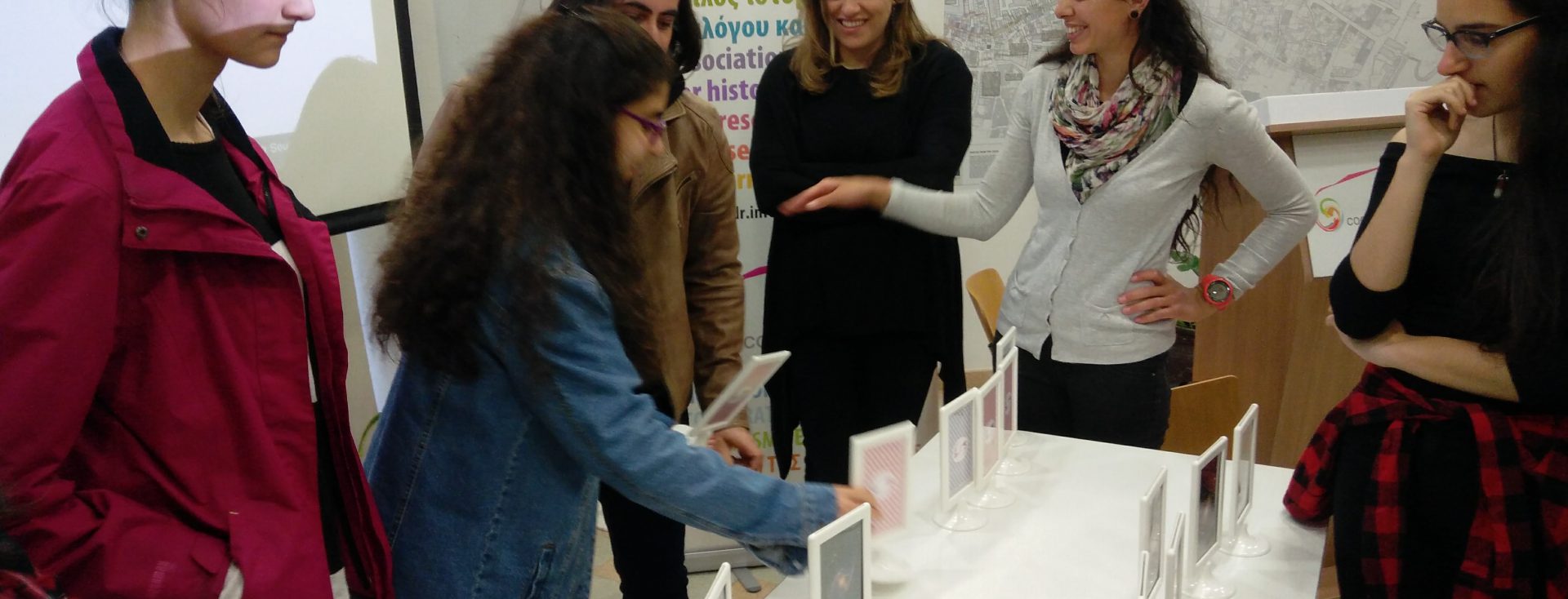AHPC participation in Astronomy for Peace project
 Simply staring up at the myriads of stars in the night sky reconfirms time and time again that Astronomy is a truly humbling experience.
Simply staring up at the myriads of stars in the night sky reconfirms time and time again that Astronomy is a truly humbling experience.
We have, as a species, been striving to understand our place in the Universe since the beginning of humankind. The Copernican revolution back in the 1500s proved a concept originating from the time of the ancient Greeks, that of the heliocentric model: one where the Sun and not the Earth sits at the centre of our planetary system. We, as it turns out, are not the centre of everything.
Since then, Astronomical observations have lead us to understand that our Earth is just one of the many planets, of the many solar systems in our galaxy, which in turn is one of the many galaxies in the Universe.
We now also know that everything we are made of, all the atoms in our bodies, once emerged from within a giant star which exploded at the end of its life. Every single human being on this planet is of truly common origins.
Embracing this theme of unity lead to the birth of an exciting peace-building project called Columba-Hypatia: Astronomy for Peace, which was initiated in Cyprus last year. Driven by an enthusiastic team of volunteers from both sides of the border, including AHPC’s members Natalie Christopher and Andreas Papadopolous, we have hosted several events on both sides of the island and in the buffer zone itself.

Columba, meaning dove in Latin, is a well-known symbol for peace. There is in fact a constellation of the same name, south of the Canis Majoris. This name was chosen to emphasise our common humanity and the project’s commitment to promoting a culture of peace and non-violence. The project’s second name commemorates “Hypatia of Alexandria” the famous female Mathematician, Astronomer and Philosopher, who resided in Egypt in the early days of the Byzantine Empire and who went on to become head of the Neoplatonist School in Alexandria. We commemorate her name to express our commitment to gender equality and to stress how important the involvement of women is in the development of both science and peace processes is.
The first workshop for youth (ages 13-18 years) took place, on 1st April 2017 at the Home for Cooperation. Our exploratory journey into Space started with a summary of the Solar System and an explanation of how it formed. When we reached the Moon, the participants formed groups to play a game called Moon Myths, which encouraged teamwork in order to decide whether statements such as ‘There is a dark side of the Moon’ and ‘Different countries see different phases of the Moon on the same day’ are true or not.
Following on from the recent exciting discovery of seven terrestrial planets orbiting a star, the TRAPPIST-1 system, we explained the methods Astronomers use to detect planets and discussed how many Earth-like planets around Sun-like stars there are predicted to be in our galaxy.

To put the scale of things into context, we then played Scale Your Cosmos Right. The group was split into teams, with the aim to order images of astronomical objects from smallest to largest in physical size in the quickest time.
To wrap up, we headed up to the roof for some observations of the Moon and to ponder the notion of unity – after all, no matter which side of the island we live on, we still live Under the Same Sky.

